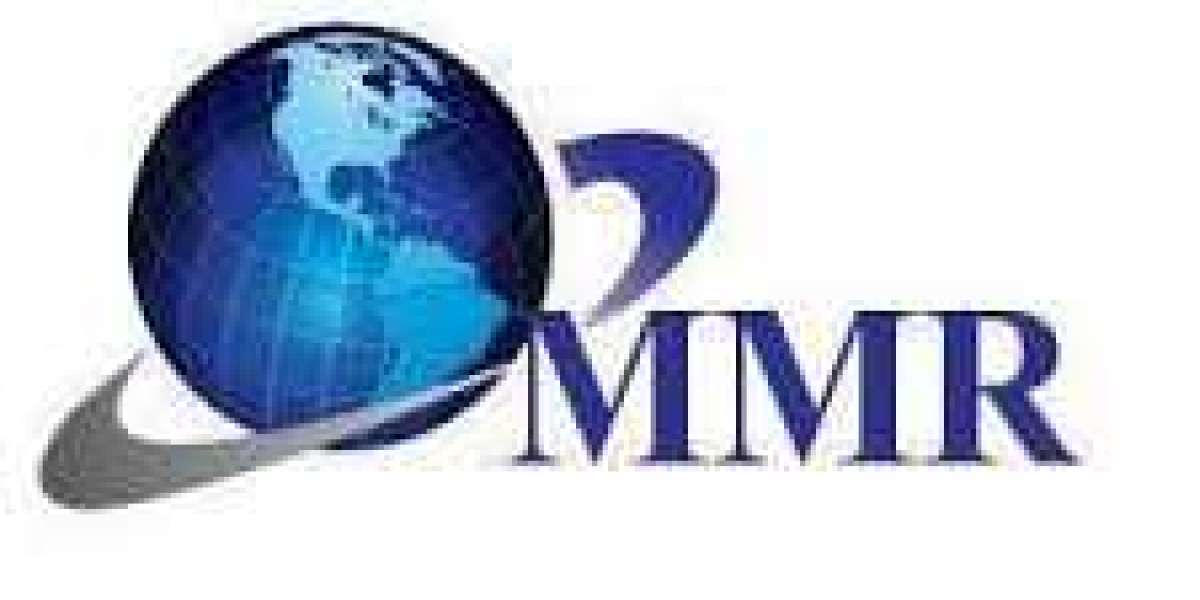Sinusitis is a common inflammatory condition affecting the paranasal sinuses. It is characterized by symptoms such as facial pain, pressure, nasal congestion, and postnasal drip. The condition can be acute or chronic, and treatment options include medication, surgery, and medical devices. In recent years, there have been significant innovations in sinusitis treatment, including advances in drug development and medical devices.
Drug Development
Antibiotics have traditionally been the mainstay of sinusitis treatment, but with the rise of antibiotic-resistant bacteria, there has been a need for alternative treatment options. In recent years, there has been significant progress in drug development for the treatment of sinusitis, including the following:
Steroids: Steroids have been shown to be effective in reducing inflammation in the sinuses, and are often used in combination with antibiotics in the treatment of acute sinusitis. Steroid nasal sprays are also used in the treatment of chronic sinusitis.
Antihistamines: Antihistamines are commonly used in the treatment of allergies, but they can also be effective in reducing symptoms of sinusitis, such as nasal congestion and postnasal drip.
Mucolytics: Mucolytics are medications that help to break down mucus in the sinuses, making it easier to clear. They are often used in the treatment of chronic sinusitis.
Immunomodulators: Immunomodulators are medications that help to regulate the immune system, and they have been shown to be effective in the treatment of chronic sinusitis.
Medical Devices
Medical devices have become an important part of sinusitis treatment in recent years, providing alternative treatment options for patients who do not respond to medication or who are not candidates for surgery. Some of the recent advances in medical devices for the treatment of sinusitis include the following:
Balloon Sinuplasty: Balloon sinuplasty is a minimally invasive procedure that uses a small balloon to open up blocked sinuses. The procedure is performed under local anesthesia, and patients typically experience minimal pain and a quick recovery time.
Endoscopic Sinus Surgery: Endoscopic sinus surgery is a minimally invasive surgical procedure that is used to remove blockages in the sinuses. The procedure is performed using an endoscope, which allows the surgeon to see inside the sinuses and remove any obstructions.
Nasal Irrigation: Nasal irrigation involves flushing out the sinuses with a saline solution. It can be done using a neti pot, a nasal irrigator, or a nasal spray. Nasal irrigation is often used in the treatment of chronic sinusitis.
Phototherapy: Phototherapy involves the use of light to kill bacteria in the sinuses. It is a non-invasive treatment option that has been shown to be effective in the treatment of chronic sinusitis.
Conclusion
In conclusion, there have been significant innovations in sinusitis treatment in recent years, including advances in drug development and medical devices. The development of new drugs and the use of medical devices such as balloon sinuplasty and endoscopic sinus surgery have provided alternative treatment options for patients who do not respond to medication or who are not candidates for surgery. As research continues in this area, we can expect to see further advances in sinusitis treatment that will improve outcomes for patients and reduce the impact of this common condition on quality of life.








